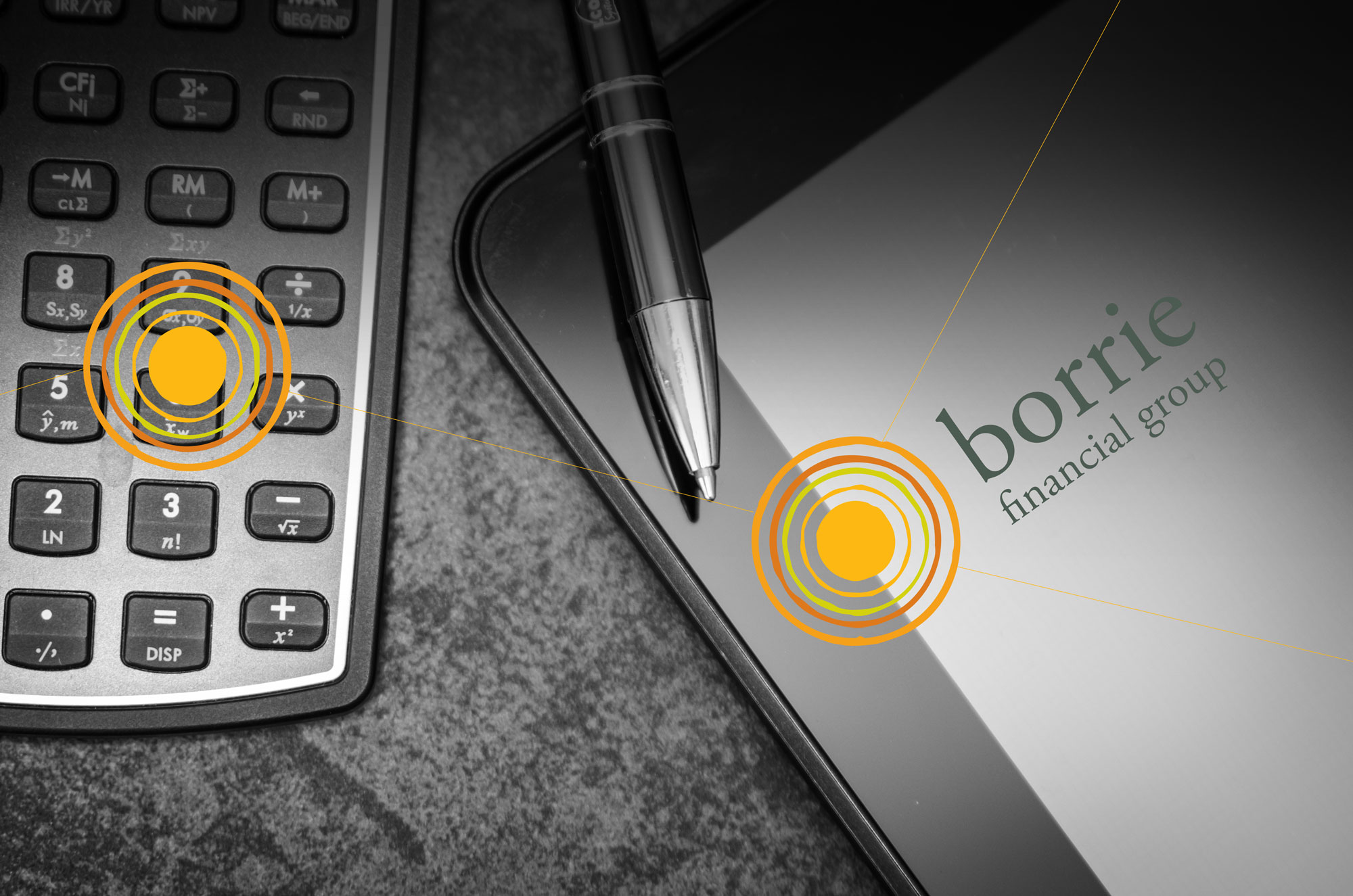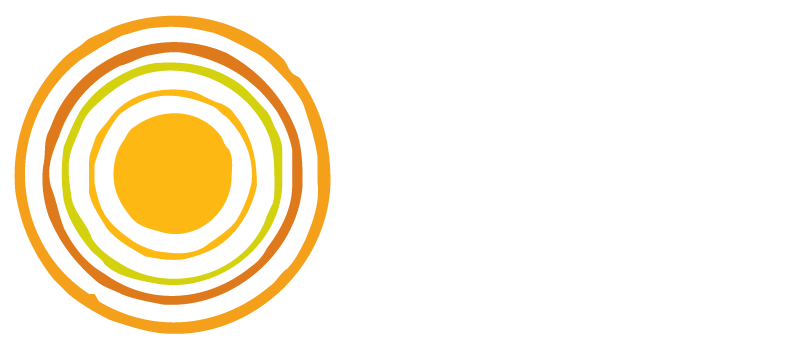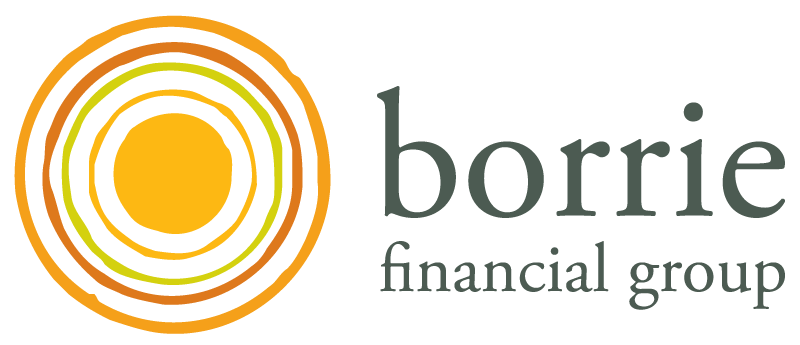
09 Jun Guide to Your Financial Reports – Part 2 (Trading Account)
Guide to Your Financial Reports – Part 2 (Trading Account) is the follow up to our first part of this series: Guide to Your Financial Reports – Part 1 (Into)
Hold on to your hats, we are diving right in!
Your key financial reports
The rest of this guide over the next few parts provides an overview of your key financial reports, what each report tells you about your business, some key ratios to use to track your results, and some tips on how to make good use of the reports.
Key ratios
By calculating key ratios, you can compare your results over a number of periods, compare the profitability of different product lines, divisions or locations, and compare your results to your industry benchmarks. All of this provides information which should be used in your decision-making. It’s important to only compare your ratios with companies in the same industry; what may be viewed as a ‘good’ ratio for one industry, may be ‘poor’ in another.
Below is an overview of the following reports:
- Your Trading Account
- Statement of Profit & Loss
- Balance Sheet
- Statement of Changes in Equity
- Shareholder Current Account
Your Trading Account
Your Trading Account can be prepared at any stage during the year and shows sales generated less any variable costs directly associated with those sales. It’s used to calculate your Gross Profit (sometimes referred to as your Gross Margin) which is often also shown as a percentage.
The basic format for your Trading Account is: Sales – Cost of Sales = Gross Profit
If your business has multiple divisions, locations or product lines, a separate Trading Account should be used for each so you can monitor the performance and compare the profitability of each.
Cost of Sales
Cost of Sales is the total cost of producing the sales for the period being reported. In its simplest sense, if you sell ice cream, the cost of selling one ice cream is the cost of the ingredients plus other variable costs of producing that ice cream for sale, such as transport, packaging (the paper napkin or sleeve), and labour.
A more comprehensive way to measure Cost of Sales is:
Cost of Sales = Opening Stock + Purchases + Direct Labour Costs – Closing Stock
Opening Stock Valued at cost price.
Purchases All variable costs to produce the product including freight, packaging and handling.
Direct Labour Costs Wages for staff producing the product but not business administration wages.
Closing Stock Valued at cost price.
Subtracting the Cost of Sales for any given period from the sales for that period gives you the Gross Profit.
Gross Profit
Your Gross Profit shows how much is left after costs directly relating to sales have been paid. Direct costs increase as your sales increase and include delivery expenses, direct wages, packing material, sales commission, etc.
Key Ratios:
Gross Profit Percentage = (Gross Profit / Sales) * 100
Your Gross Profit Percentage shows the contribution of each dollar of Sales towards your overhead costs and profit. For example, if Sales are $1,000,000 and your Gross Profit is $250,000, your Gross Profit Percentage is 25%. This means that for each $1 of sales, 25c is available for overhead expenses and profit. To increase your Gross Profit Percentage, review cost of sales and direct costs to find potential savings. Increasing sales won’t increase your Gross Profit Percentage as the costs will increase in line with the increase in sales.
Mark Up = ((Selling Price – Cost Price) / Cost Price) * 100
‘Mark Up’ is not the same as ‘Gross Profit’. The distinction between Gross Profit and Mark Up is very important. Mark Up is the amount you add onto your variable costs to arrive at a selling price. It’s expressed as a percentage, so you know how to convert your costs to a selling price. If we look at our ice cream example and determine that variable costs to produce one ice cream are $2 and we sell that ice cream for $4, our Mark Up is 100%: (($4 – $2) / $2 * 100.
To calculate the Gross Profit Percentage for that single ice cream, divide the cost price by the selling price and multiply by 100. So the Gross Profit Percentage on that ice cream would be 50%: ($2 / $4) * 100.
Trading Account Tips:
- Increasing sales is not the only way to grow your overall profit. However, growing sales should always be part of your strategy. There are five ways to grow sales:
- Increase client retention – look after existing customers well so they keep coming back.
- Generate more leads or enquiries – use your marketing effectively.
- Convert more leads into customers – ensure you have an effective sales process and strong sales skills.
- Increase transaction frequency – encourage people to buy from you more often.
- Increase transaction value – encourage people to spend more each time they buy from you.
- Lifting your Gross Profit Percentage by 1-2% can make a huge difference to your results. Calculate this impact by taking 1% of your total sales for the year; that is how much more will hit your overall profit if you lift your Gross Profit Percentage by 1%. We can help you employ strategies to increase your margin.
- Compare your expected Gross Profit Percentage to your actual Gross Profit Percentage. You can do this by ‘back costing’ a job once you’ve finished it. Calculate all costs associated with a completed job, e.g. for a building job, the total material and labour costs for that job, then divide by the selling price to determine the Gross Profit for that job.
- Ensure your pricing is up to date. If your Gross Profit is declining, review your costing to ensure you’re using current costs when pricing a job, product or service. Many businesses use great pricing tools and standard Mark Up formulae but often have outdated costs in the model or calculation.
- Consider all costs associated with creating a sale. Your margin could be slipping because there are costs hidden in overheads that should be measured as variable costs. For example, a mobile ice cream truck will have fuel as a variable cost, but the fuel costs might be lumped in as overhead costs with another business vehicle.
The Trading Account is sometimes a separate report or it may be included as part of your Profit and Loss. In part three we will look at the Profit & Loss Report in detail.
Our ‘Guide to Your Financial Reports – Part 2 (Trading Account)’ not enough?
The better you understand your business and your financials, the easier it will be to make more money and ultimately achieve your goals. We have developed comprehensive resources to enable business owners to fully understand and interpret their numbers. Need more help? Join our free webinars on financial awareness coaching or talk to us about personalised financial awareness coaching. Contact Samantha for a call, zoom or meet on 06 871 0793.
Related Links:
Guide to Your Financial Reports – Part 3 (Profit & Loss)
Guide to Your Financial Reports – Part 4 (Balance Sheet)
Feeling out of the loop? Click here to subscribe to the IRD to stay up to date.

